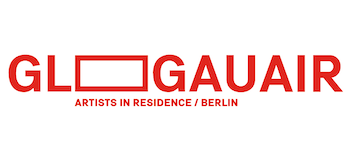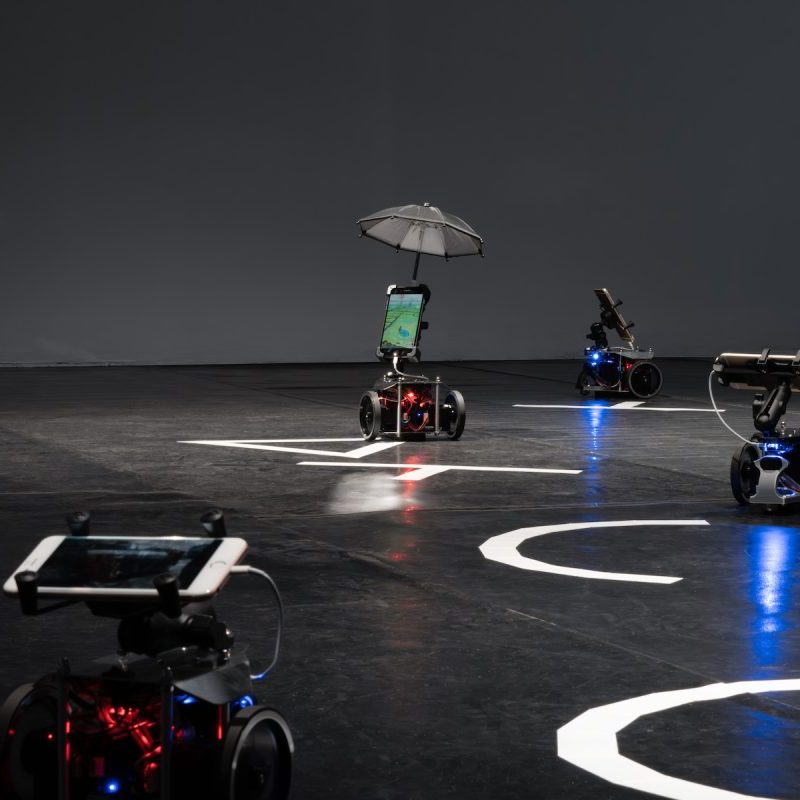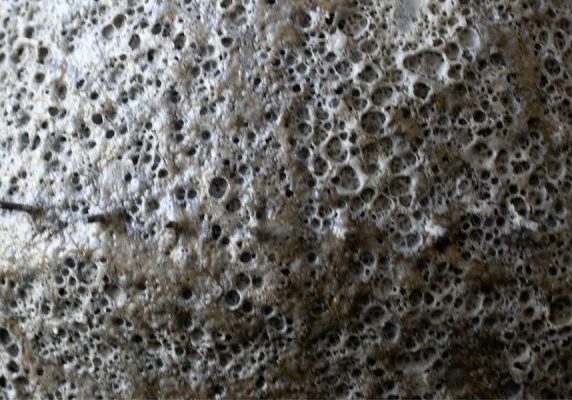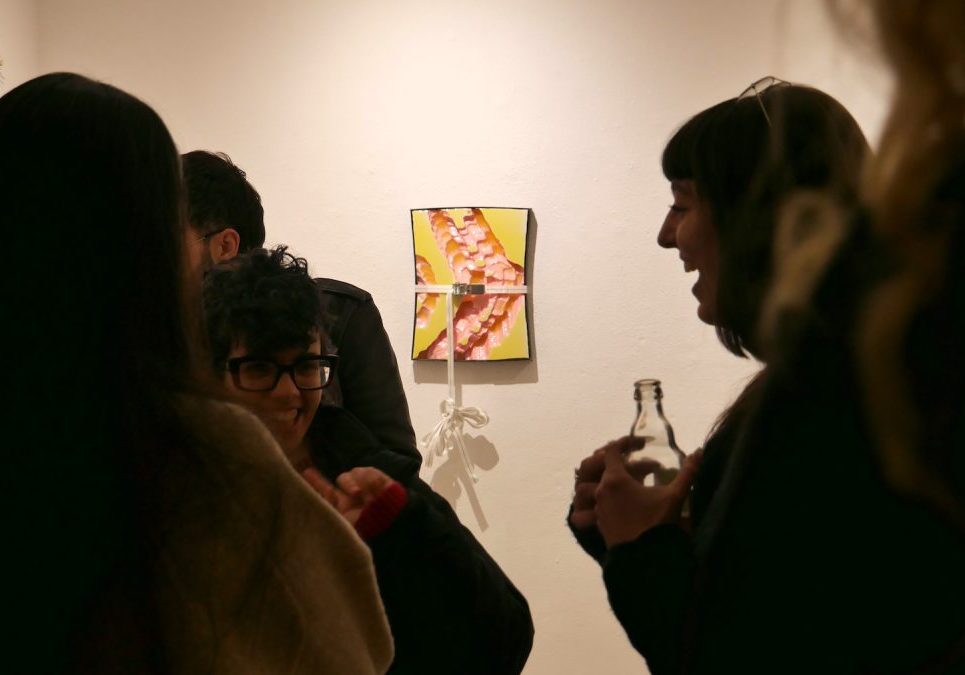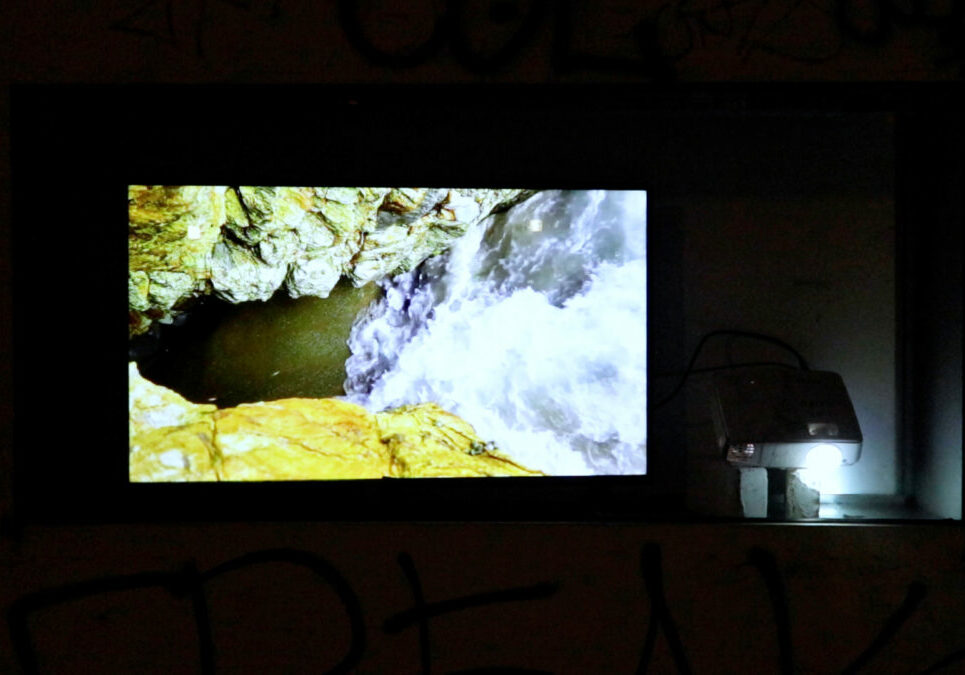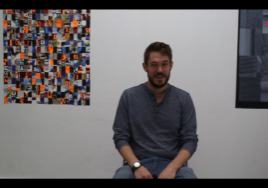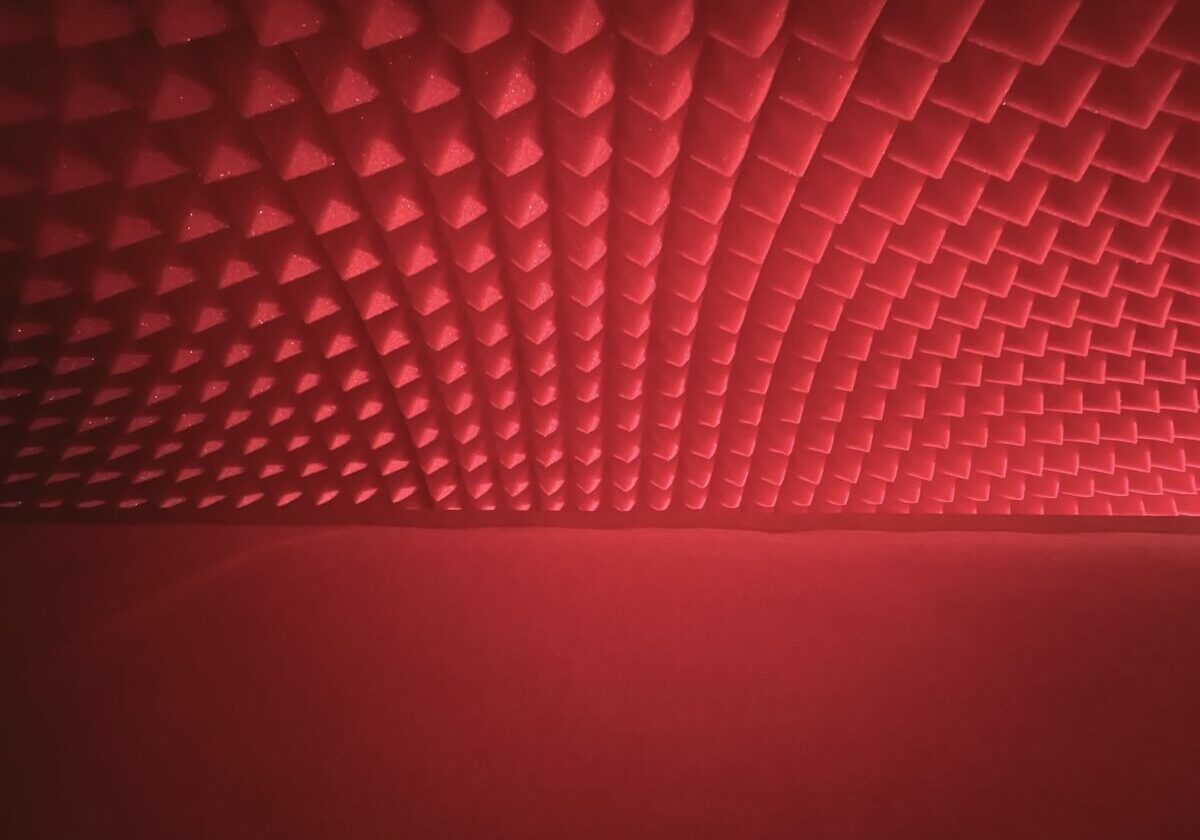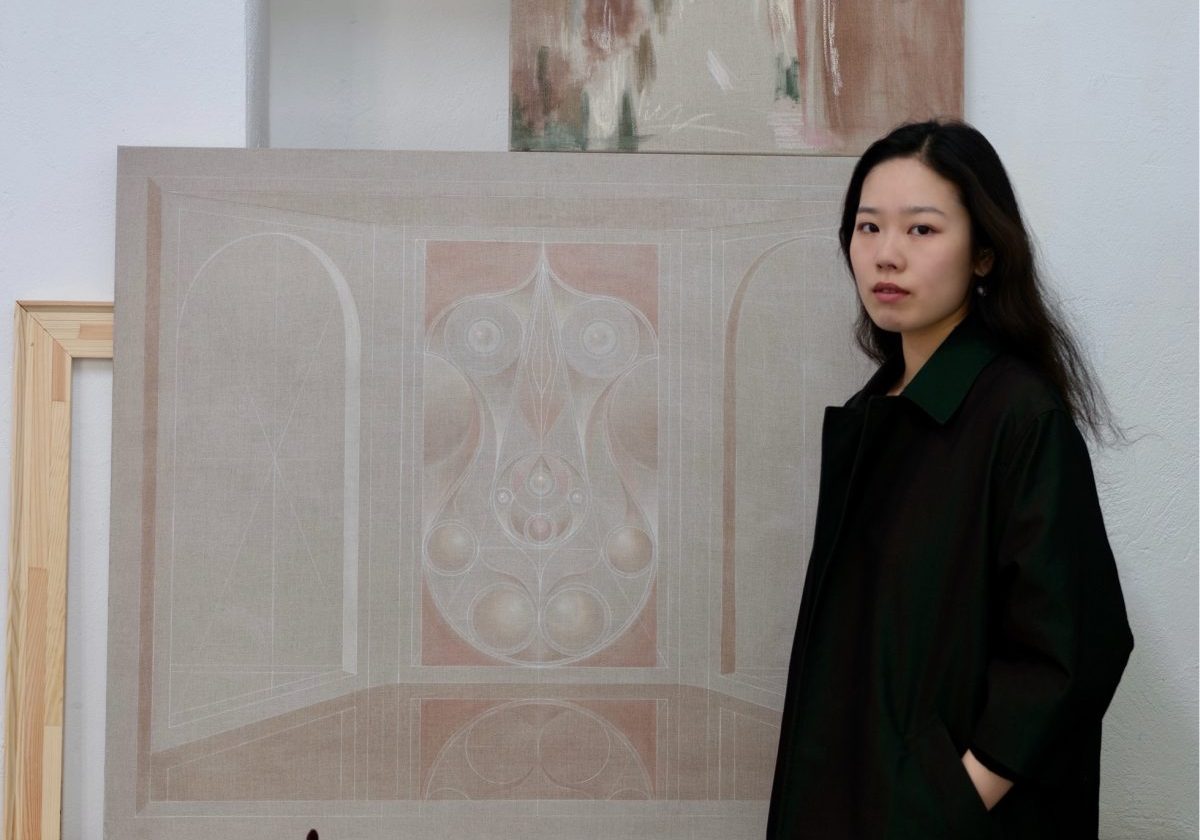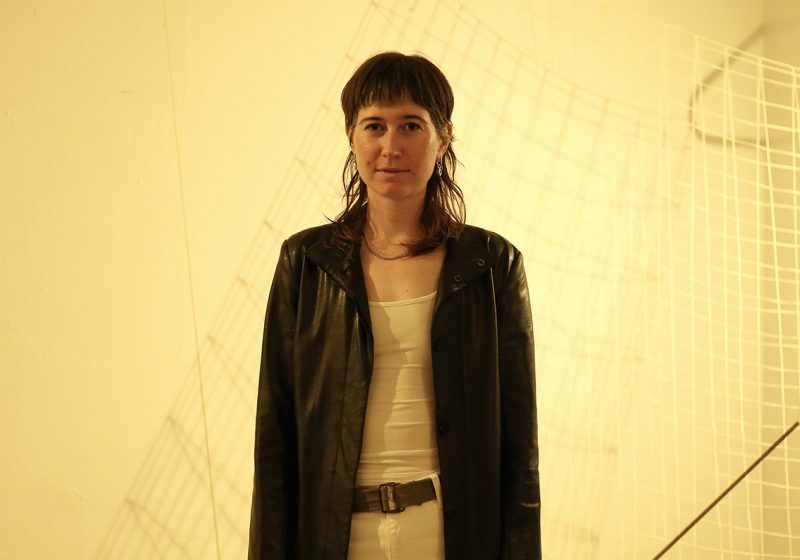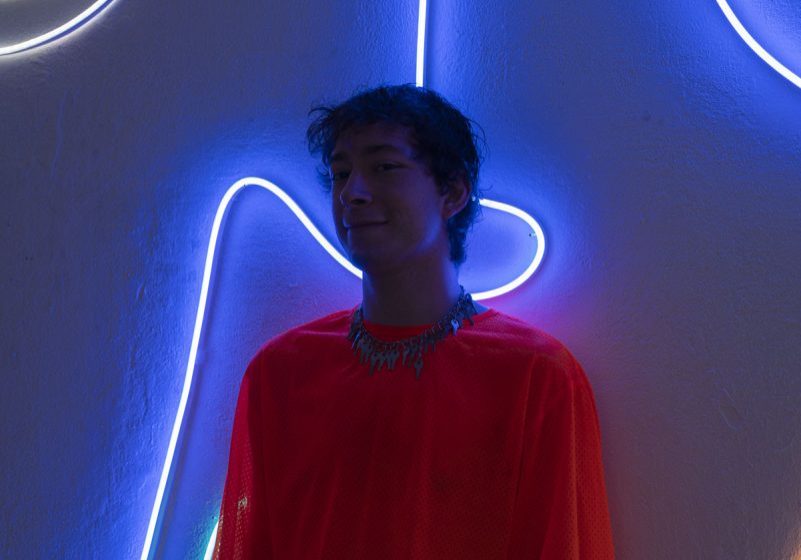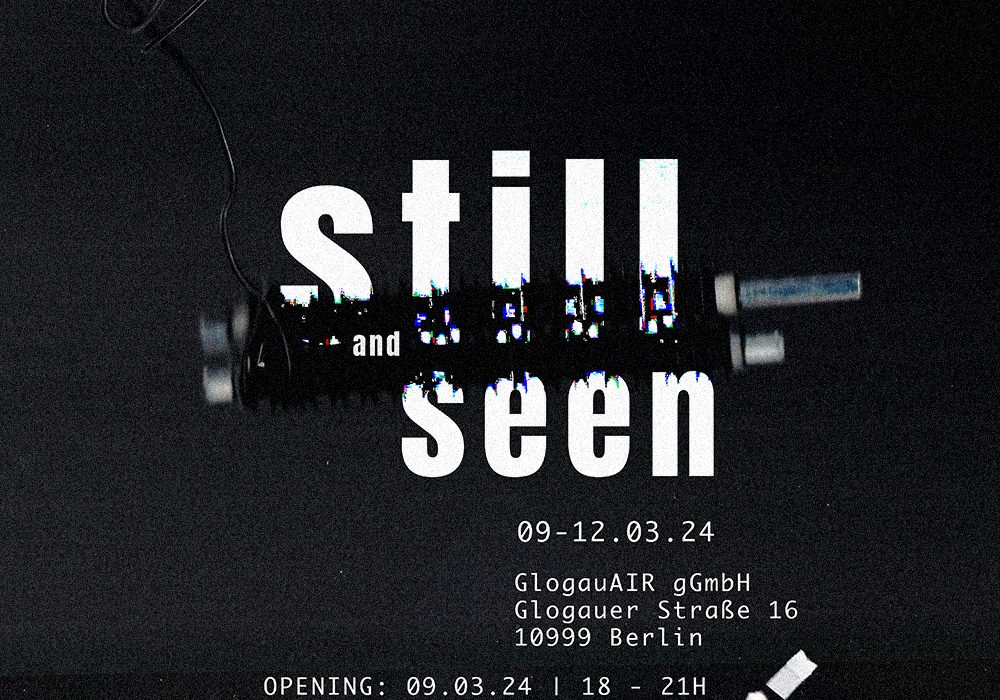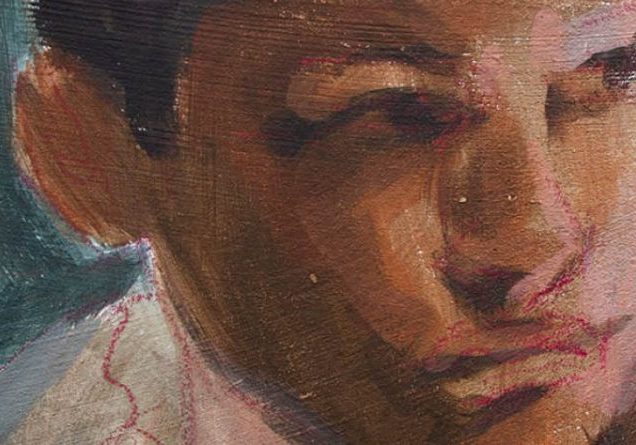Meet the Artist // Cheng Yu Lin
Cheng Yu Lin’s practice centres on the subtle yet complex relationship between the contemporary human body and technology-driven life. In Cheng Yu Lin’s work, they aim to examine the constantly shifting boundaries between the physical and the digital, the organic and the synthetic, the individual and the system.
Can you tell us a bit more about yourself, your background and the project that you will be working on during this three-month residency.
Hi, I’m Cheng Yu Lin. My work is about our daily life, and the relationship between daily life, technology and the human body. The physical relationship of when you’re using your computer for a long time, and because of that you may feel your eyes dry, or your body becomes tired, your neck hurts, etc.
This is the exact moment, when you step away from the computer. But then it’s like the computer is pulling you in, but your body is pulling you out. The moment when you open your phone waiting for a message or a call, but somehow your body is standing by for some reason. Just like your body is more like a machine that is standing by.
My work is trying to showcase these small things between daily life technology and how our body listens to it, the relationship between them.
For the project at GlogauAIR, this time coming to Germany… I really like German techno music, my favourite band is Kraftwerk. It’s like they found something, the sound of daily life, and pick it up into their music. They have an album called Computer Life. It’s about how humans are dealing with computers and technology. Coming to Berlin, I am trying to listen to how people are using the sound in electronic music, and how this influences the audience in a concert for example. How this sound makes them feel, not just by hearing. It’s about how people’s bodies are not only hearing, but also their bodies are feeling and watching.
I want to research these things, the sound of daily life, technology and the body.
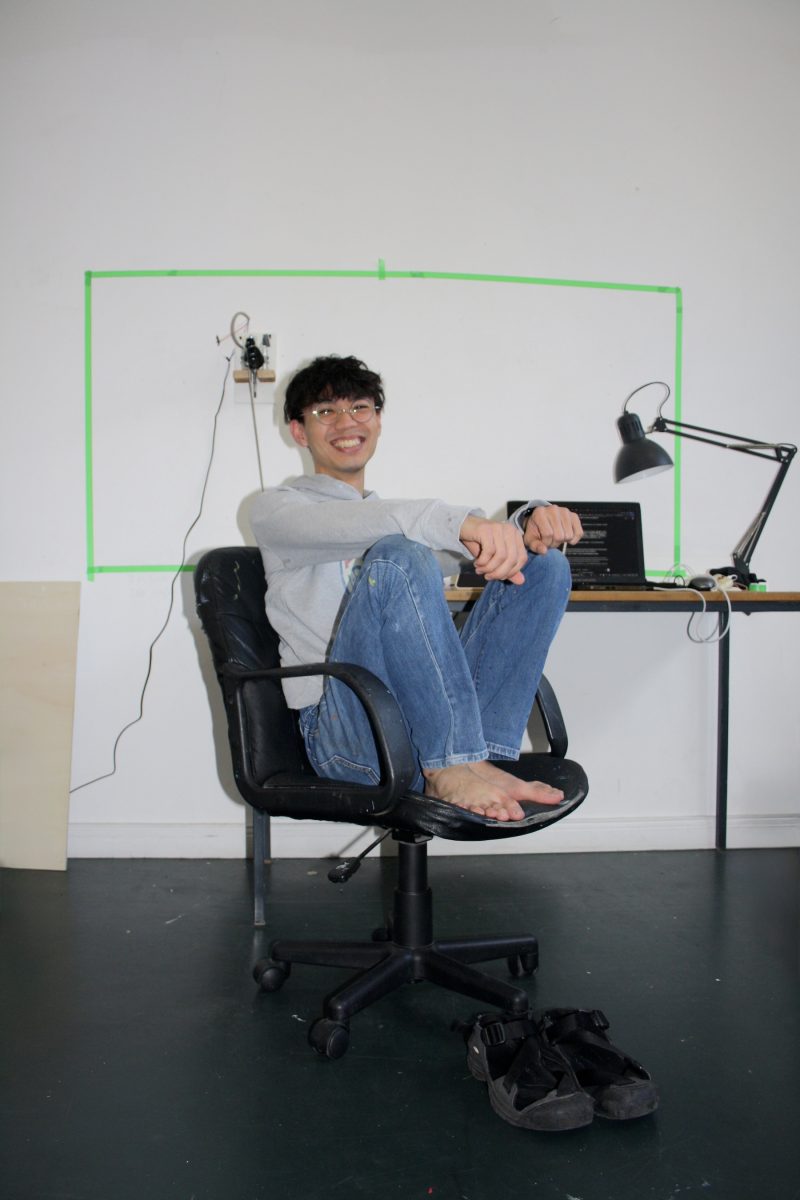
You mentioned previously in your statement that your work is mainly expressed through interactive installations. So how do you plan to adapt this approach to the residency context here at GlogauAIR?
I think that’s just a way to make the audience realize how their body is involved in the feeling of the exhibition and the works, by not only just watching. I think the audience’s body, in the way of viewing my work, is important.
I think there are multiple ways in which you can interact to make people aware of their bodies, but also, we can make the space, or the sound. Sound can make people aware about their memories, about their moves, for example, their alarm every day. You may be hearing the alarm, then you feel your body, something pulls you up.
So, interactive installations are not an absolute necessity for all my work. I can be doing, for example, the sound of the space to make the audience aware of their body’s position in the act of viewing the exhibition.
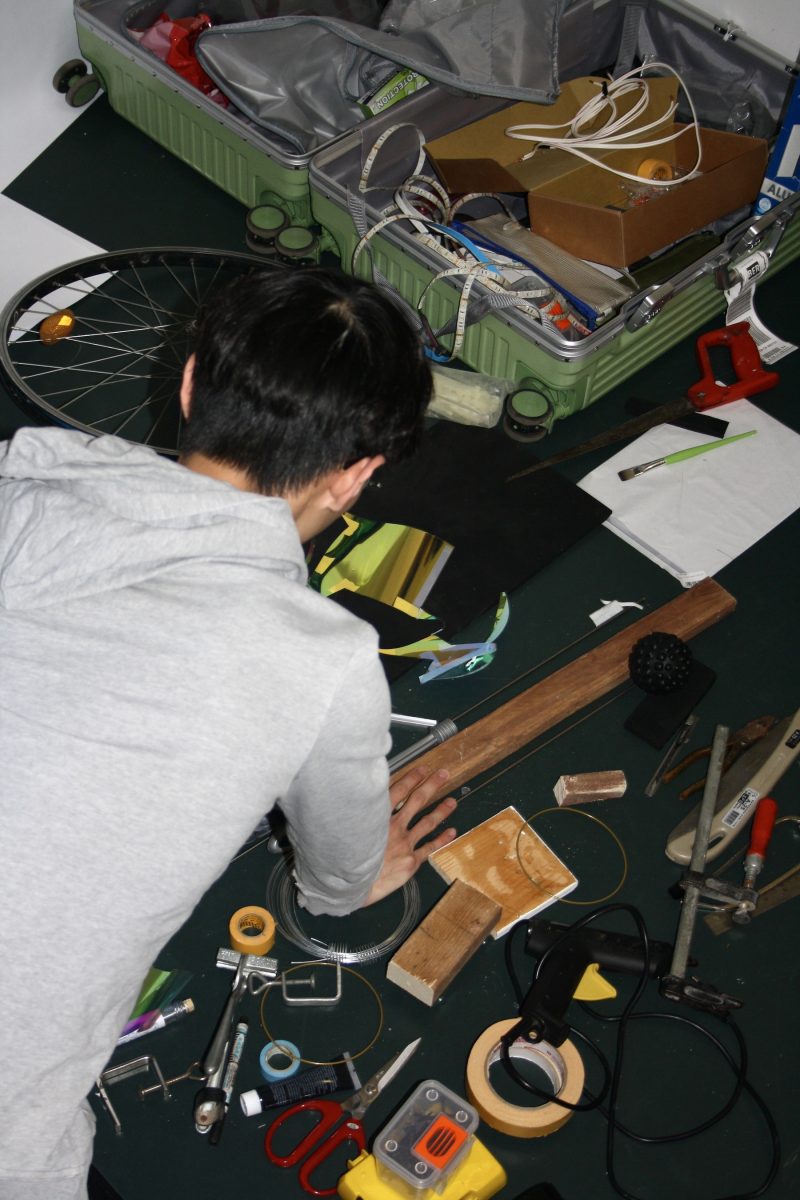
So, you will be making a sound installation?
Yeah.
Something visually approachable or just sound?
Yeah, approachable. Not just the sound.
I prefer to let the audience feel the work not only through one way. They will have to walk through the space or watch something. For me, I think this is the way we get to know this world.
In your view, how does technology affect us as human beings today and in what way does this influence your artistic practice?
Technology influences our way of viewing things. Before, we liked to see long films, and right now we are used to seeing short videos on our cell phones.
Another thing is that now it is common to use the computer for such long periods that human necks are now curved, and our fingers (little finger) are more bent, because we are always taking the phone. It’s changing our body and our view. It’s weird.
So actually, my work is about how we stand and see the artwork. I’ll make a video installation. But actually, it’s not meant to be only the video.
In my early works, I made sculptures and installations. But suddenly I became aware that I was using so much time on the screen, and that somehow made me feel like “Oh, I have used this for so long, why don’t I just take this into my work?”. This is my experience in the way I use these things, my computer, devices. I really love using my phone during walks or taking the bus. Daily life. I think this is how technology influences my life and how this influences my work.
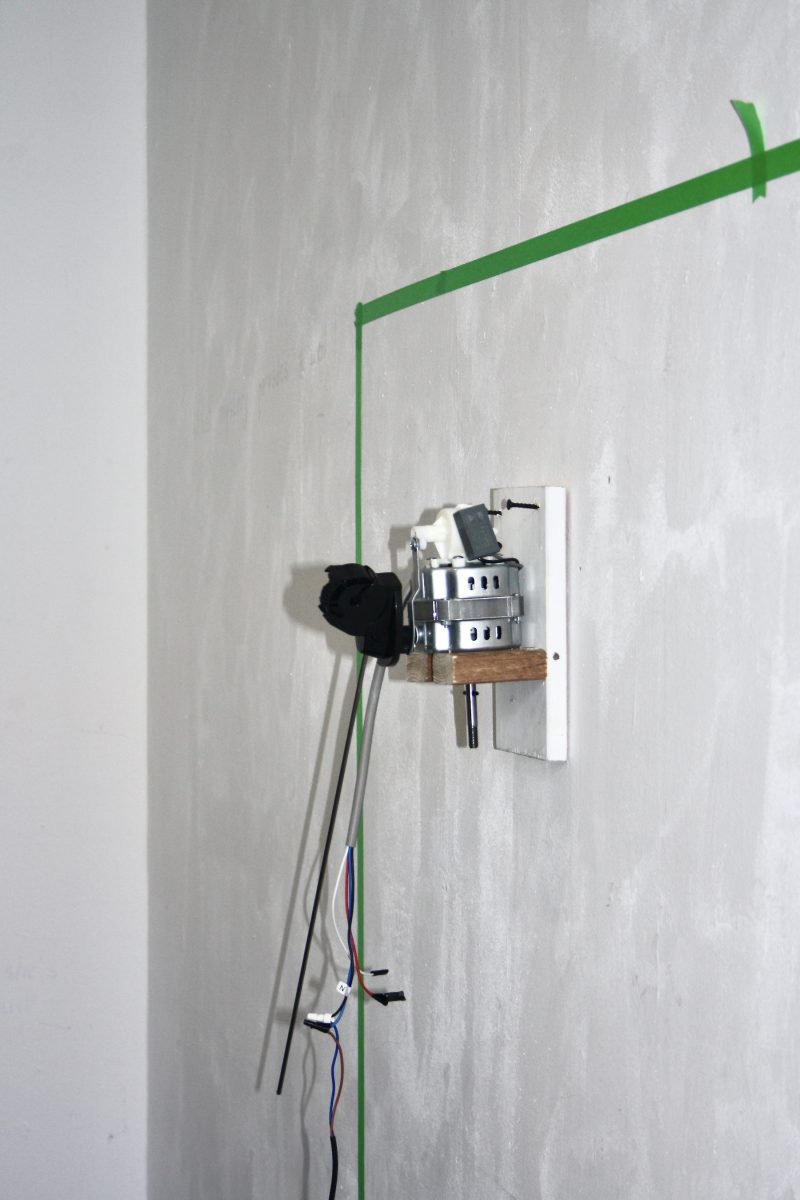
How do you think Berlin’s electronic music scene influences the way people experience the city’s history and how might it also influence your work?
Right now I’m still researching the sound of daily life. I’m still trying to collect this sound between electronic music in Berlin and how they use it.
I have a 3D printer in Taiwan. It’s a really old machine, and when it’s printing, it’s always making noises. But the noise is very cool. The 3D printer makes its own electronic music by itself. It’s an inspiration for me to make the sound of my own work.
I realized so many sounds in my daily life are electronic sounds. It always makes me remember things. I get some memories when I listen to these sounds. It’s an inspiration of how I want to make the sounds in my work.
Actually, the music in Berlin is not like other concerts in other places. The music is almost always taking place in a basement or some abandoned building in Berlin.
I’m also working on an exhibition in Taiwan in an abandoned building, the people just don’t take this place as a normal gallery. This is also another thing that makes me interested in how they use this environment to present their work.
Not only the music and the lights, but also the atmosphere. I want to find out how this abandoned place is activated.
